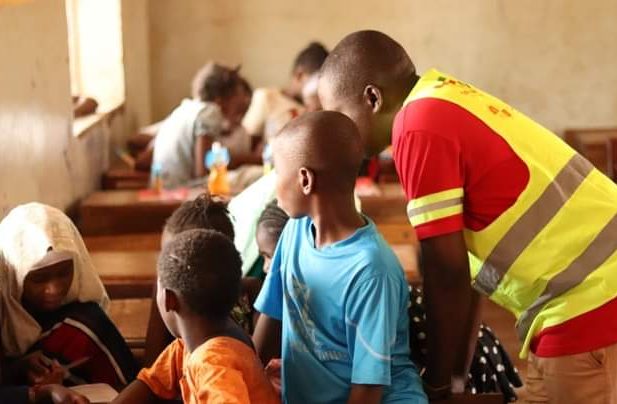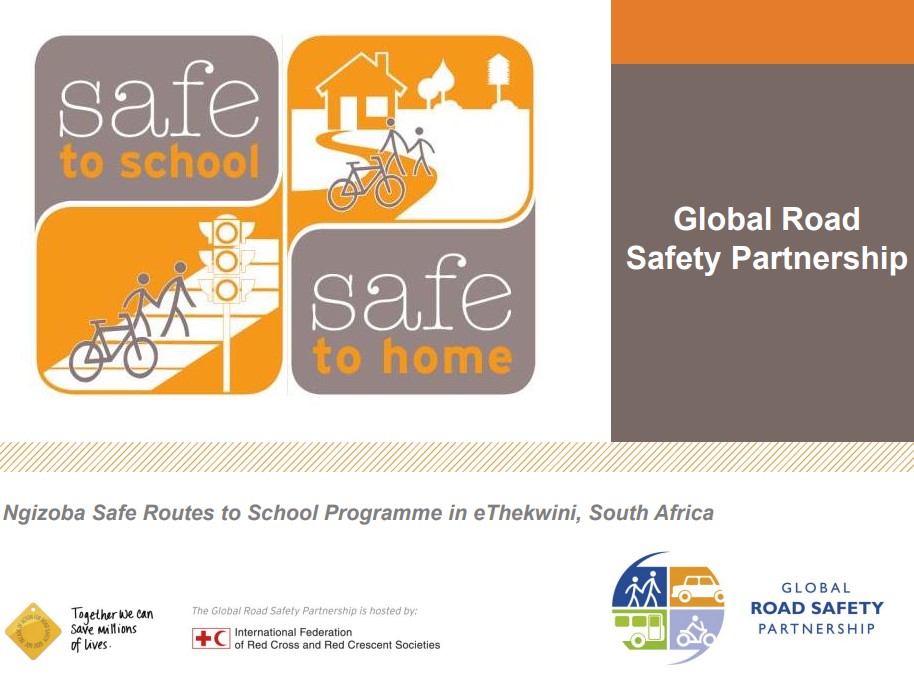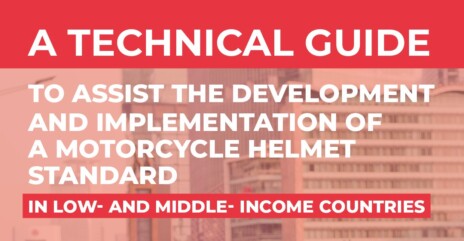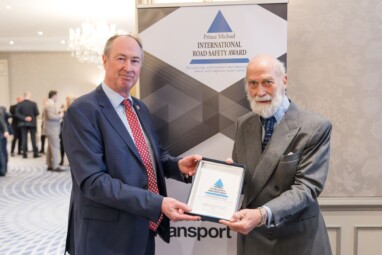Safe to School – Safe to Home: A Lifesaving Initiative
Why Safe to School – Safe to Home?
Every day, an alarming number of children’s lives are affected by road crashes. For young people aged five-29, road crash injuries are globally the leading cause of death. Approximately 3,000 children are seriously injured or killed daily – many of whom are simply making their way to or from school. The Safe to School – Safe to Home programme is a targeted initiative designed to reduce these tragedies, ensuring that children can travel to school safely and return home without harm. By aligning with global goals for education and safe urban spaces (Sustainable Development Goals 4 and 11), the programme champions a child’s right to learn, play, and explore safely.
Join Us in Creating Safer Journeys
Safe to School – Safe to Home offers a structured approach for schools and local authorities to address and act on key road safety risks around schools. By partnering with us, you can play an essential role in protecting the lives of children and ensuring safer journeys to and from school. This partnership includes:
- Engineering Safety Upgrades
Implementing visible engineering measures, such as improved signage, pedestrian crossings, and traffic-calming zones around school areas, to reduce risks. - Lowering Speed Limits
Lowering speed limits around schools to no more than 30 km/hour dramatically reduces collisions and their severity. - Enforcement Initiatives
Engaging local police to monitor and manage road user behaviours such as speeding vehicles, especially during school arrival and departure hours, to enhance the programme’s impact. - Educational Outreach
Educating children, their families, and the wider community on road safety behaviours to instil lifelong safety habits. - Community Awareness
Building a network of community awareness to make child road safety a shared priority.
Programme Goals
- Reduce Speed: Lower vehicle speeds around schools to ensure safer environments for children on foot or bike.
- Enhance Crossing Safety: Improve road crossings for safer, more visible pathways near schools.
- Encourage Safer Routes: Support children in choosing safe walking or cycling routes.
- Improve Drop-Off/Pick-Up Safety: Organise safe entry and exit points during peak school hours.
- Increase Safety Restraint Use: Promote helmet and seatbelt and child restraint use to protect children being driven to school.
Programme Phases
Safe to School – Safe to Home operates through a streamlined four-step approach to implementation:
- Programme Initiation
Begin with school and local authority support, ensuring all necessary stakeholders are engaged and aligned. - Safety Analysis
Identify specific road safety challenges through a comprehensive situational analysis of the school’s surrounding environment. - Action Plan Execution
Develop and implement tailored action plans to address identified safety issues. - Impact Measurement
Regularly measure and review outcomes to assess programme effectiveness and make improvements as needed.
Each phase is designed to work collaboratively with schools and communities, promoting road safety strategies that make a measurable difference.
Identifying Key Road Safety Issues
Children face a unique set of challenges when traveling to and from school. Safe to School – Safe to Home tackles these five primary concerns:
- High vehicle speeds around schools.
- Inadequate pedestrian infrastructure, such as pedestrian crossings and footpaths.
- Limited cycling facilities.
- Unsafe arrival and dismissal practices.
- Low rates of helmet, seatbelt and child restraint use among children.
By assessing these issues through our detailed situational analysis, we tailor solutions to each school’s specific needs.
Be a Lifeline for Safer School Journeys
By investing in the Safe to School – Safe to Home programme, private sector partners can make a lasting impact on the lives of children, reducing road traffic serious injuries and fatalities for future generations. Your contribution helps create safer roads and ensures every child’s right to safe, carefree journeys to and from school.
Join us today to make a meaningful difference. Together, let’s create a safer world for every child.
For more information or to discuss partnership opportunities, please contact us; Email grsp@ifrc.org.

Frequently Asked Questions
The aim of Safe to School – Safe to Home is to contribute to a reduction in death and injury from road crashes for children travelling to and from school.
Safe to School – Safe to Home uses a step by step process that schools and local authorities can follow to make sure that key road safety issues are identified and a range of actions implemented to improve the safety of children. The programme recommends a range of actions that are complementary and focused on improving safety outcomes.
- Reduce Speed: Lower vehicle speeds around schools to ensure safer environments for children on foot or bike.
- Enhance Crossing Safety: Improve road crossings for safer, more visible pathways near schools.
- Encourage Safer Routes: Support children in choosing safe walking or cycling routes.
- Improve Drop-Off/Pick-Up Safety: Organise safe entry and exit points during peak school hours.
- Increase Safety Restraint Use: Promote helmet and seatbelt and child restraint use to protect children being driven to school.
Case Studies
View slide presentations on the Safe to School – Safe to Home projects in Ha Nam Province, Vietnam, and in eThekwini, South Africa or find out more on the Safe to School – Safe to Home programme by contacting us.
Related news







